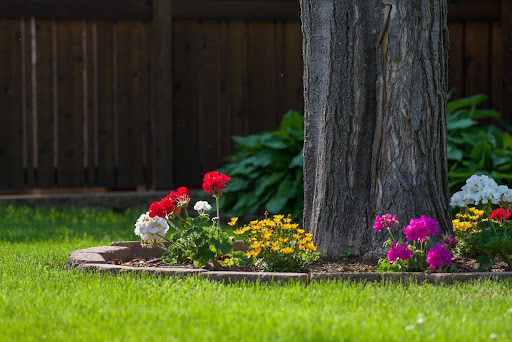Your yard can be one of the most attractive parts of your home if it is well-kept. Of all the natural wonders that adorn our homes, trees are often the most beautiful and beneficial. Despite their beauty and usefulness, trees can sometimes be dangerous if not managed properly.
Property safety, especially concerning tree presence in a yard, is an important consideration for family or guests. Below are five key points to help make your garden safer when there are any trees.
Knowing When to Remove Tree
One of the initial steps to maintaining a safe yard involves knowing when a tree needs to go. While it can be difficult to remove a tree, sometimes it has to occur to ensure safety. Visible damage on the trunk, evident inclination, or large dead branches are some signs that imply that a tree may require being removed.
Additionally, trees found near houses or electricity lines should be better handled by an expert arborist. They can assess whether tree removal should take place or not.
Focusing on the welfare and solidity of all your trees could prevent problems like breaking branches and falling trees during hurricanes.
Taking Care of Tree Stumps
After removing a tree from your compound you must deal with its stump accordingly. Tree stumps can be trip hazards and can also attract pests like termites and ants, which may eventually find their way into your home.
Stumps may also act as barriers in maintaining your garden since grass cannot grow over them thus spoiling your yard’s look in general. You can hire someone who can remove them at ground level using stump grinding or uprooting them altogether.
Not only does this improve aesthetics but also increases safety levels and helps avoid regrowth that might bring new problems later on.
Regularly Inspect and Maintain Trees
Long-term health and safety depend on consistent inspection and maintenance practices on trees. This process may involve removing dead or overgrown branches that can be hazardous if they fall.
Routine checks are useful in identifying early problems, such as diseases or insect invasions that may weaken the tree and lead to broken limbs.
A certified arborist can inspect your trees at least once annually. They will provide you with appropriate prescriptions on treatments or interventions that must be taken to keep them healthy and strong.
Protect Your House from Trees
Trees too close to your house may damage it. Overhanging branches scrape against the roof or siding during high winds causing damage.
Additionally, tree roots can interfere with the plumbing, foundation, or sewer lines, which would necessitate costly repairs. Plant trees at a safe distance from your home and regularly trim back any branches that could potentially cause damage.
If you are not certain about the placement of trees around your home, consult an expert for peace of mind.
Being Prepared for Emergencies
Emergencies can still occur regardless of any measures taken. Preparedness for tree-related emergencies is important in minimizing destruction and guaranteeing safety. Have an emergency plan that outlines immediate actions in case a large branch or even a tree falls.
Have the telephone number of a dependable tree company at your fingertips so you can promptly solve any pressing problems involving trees. Additionally, consider investing in a weather-resistant tarp to cover any damage caused by fallen branches until professional help arrives.


